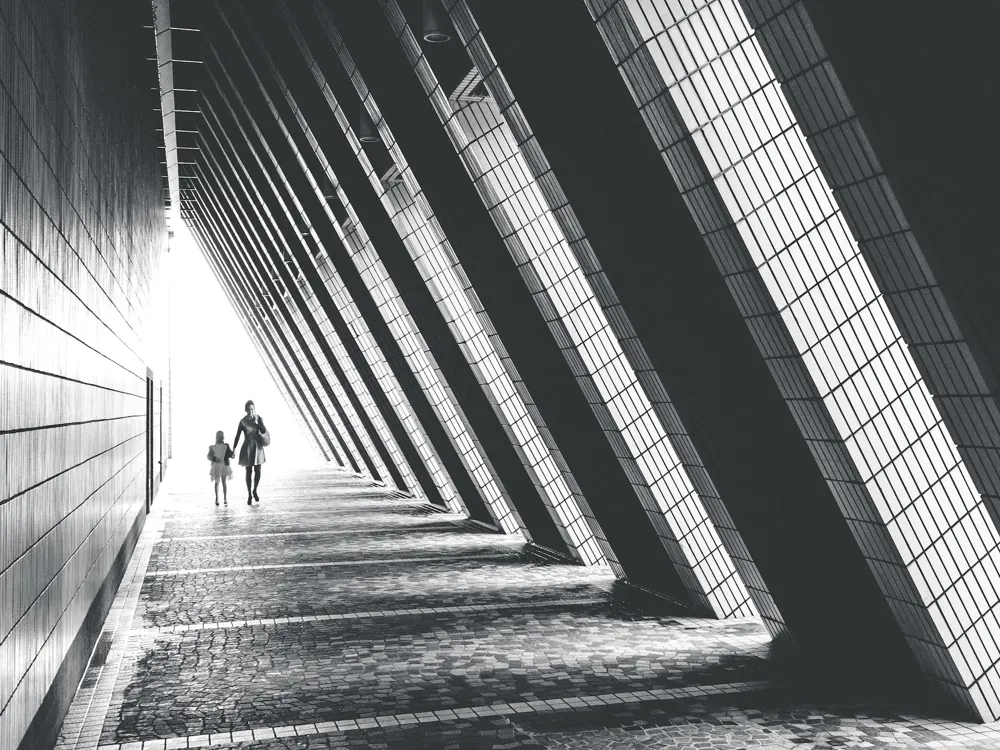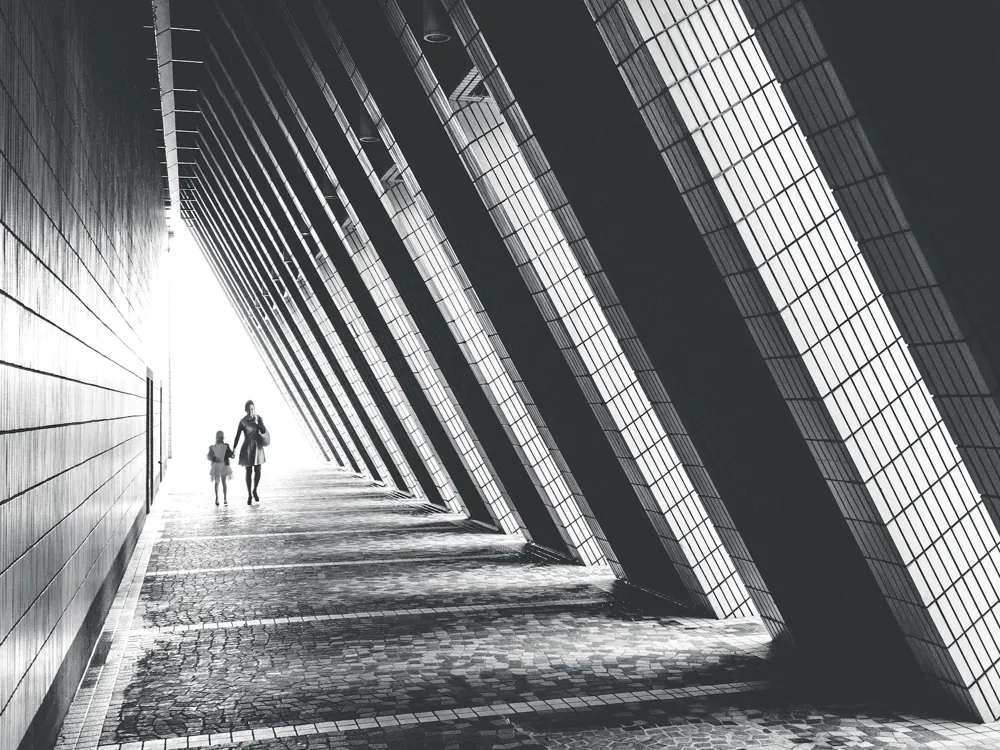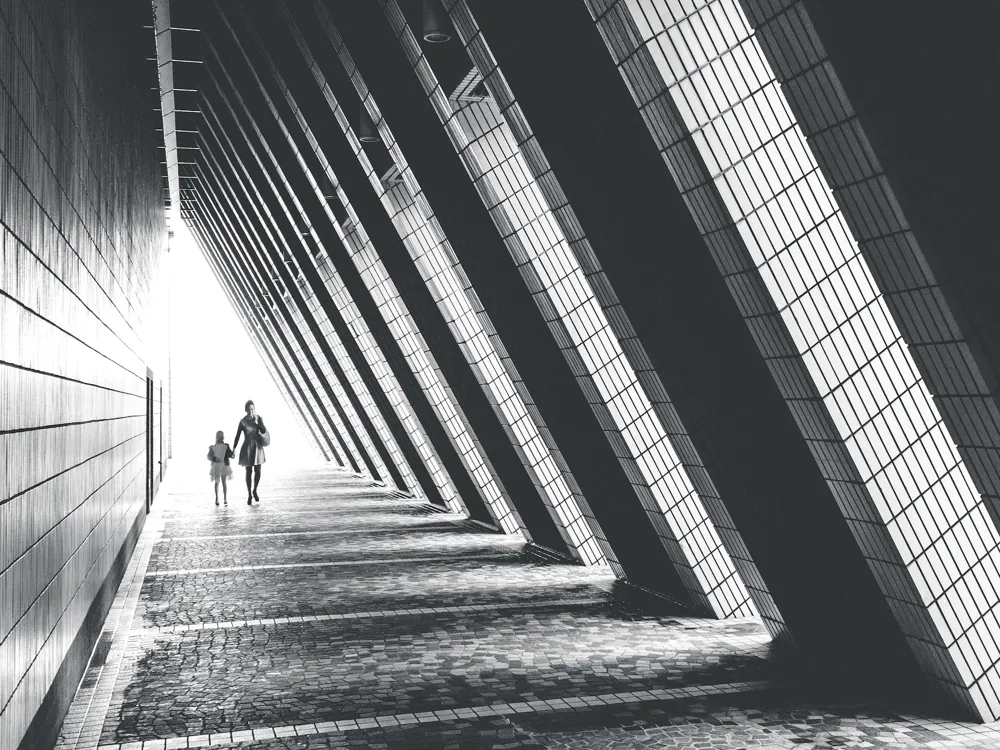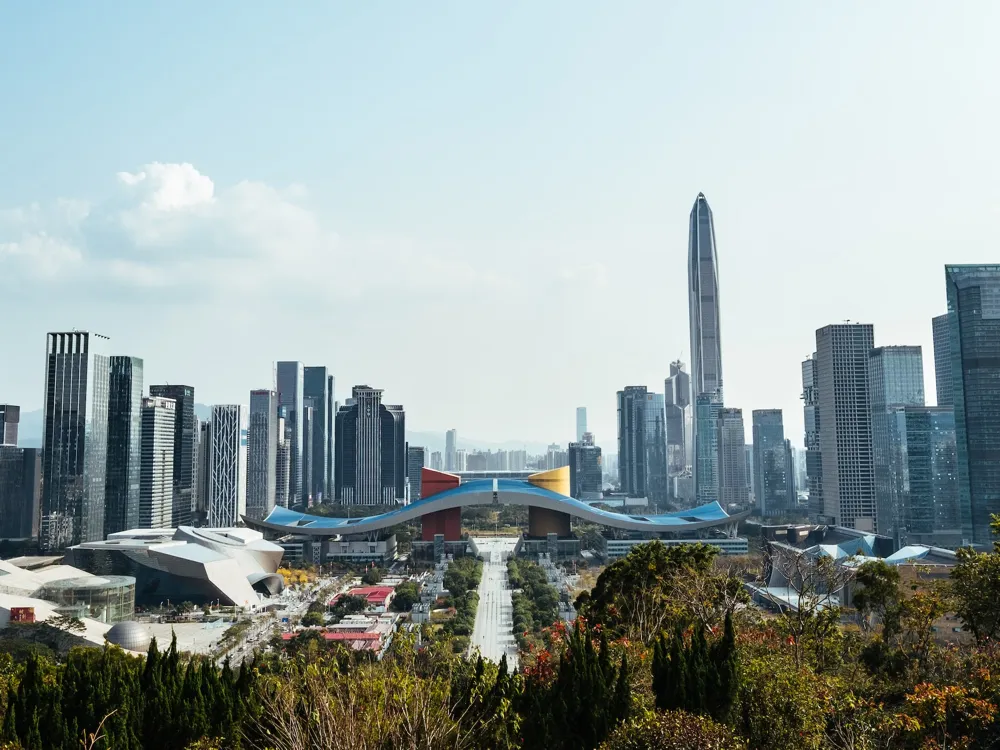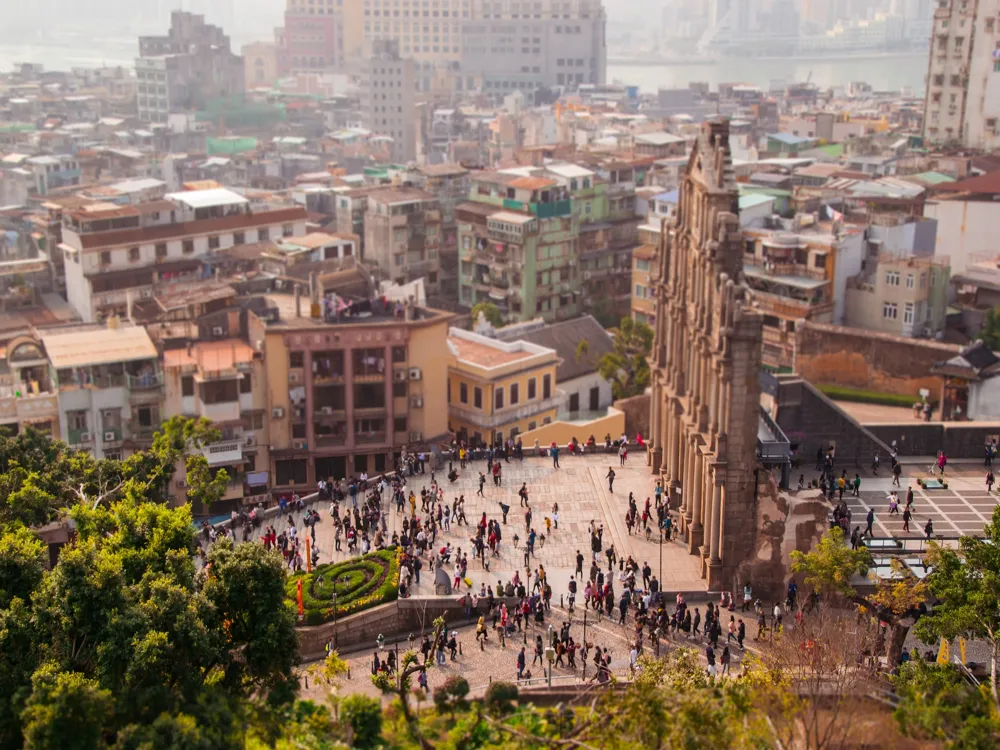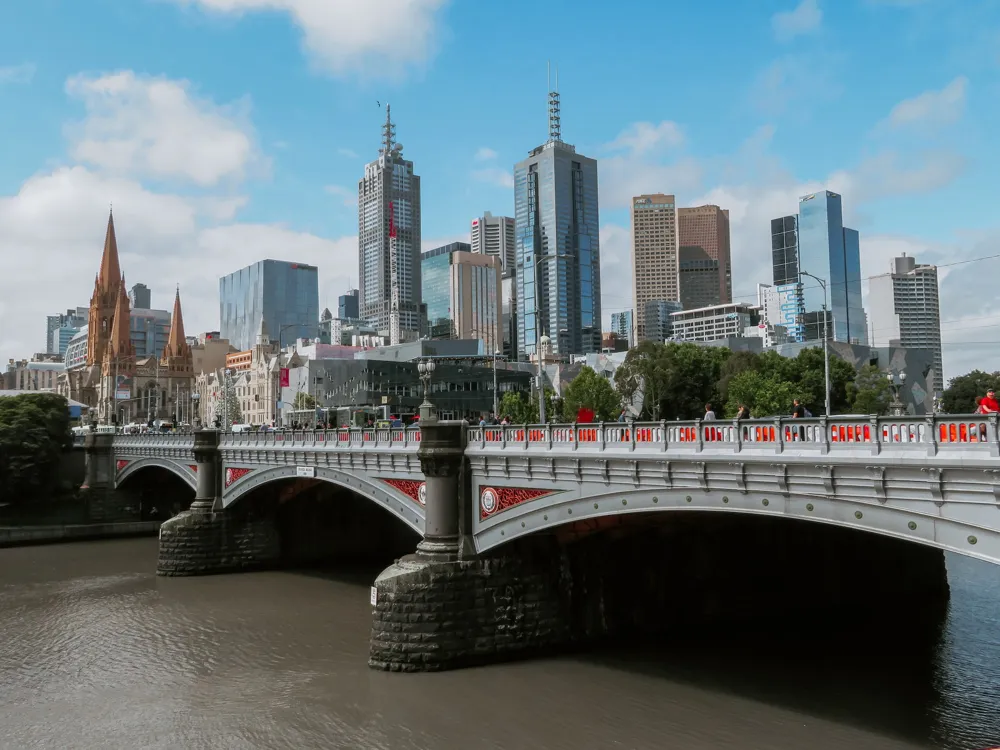Lion Rock, a towering landmark in Hong Kong, stands as a symbol of the city's resilience and spirit. This iconic mountain, named for its resemblance to a crouching lion, has become an integral part of Hong Kong's cultural and natural landscape. Rising to a height of 495 meters, Lion Rock is situated between Kowloon Tong of Kowloon and Tai Wai of the New Territories. It's renowned not only for its impressive geological formation but also for its significant role in the local community. The history of Lion Rock is as fascinating as its structure. It has witnessed the evolution of Hong Kong from a small fishing village to a bustling metropolis. During the mid-20th century, Lion Rock served as a symbol of hope and determination for the influx of immigrants who settled in the Kowloon Peninsula. The mountain's image was popularized in the 1970s by the TV series 'Below the Lion Rock', which depicted the life and struggles of ordinary Hong Kong citizens. This further cemented Lion Rock's status as a representation of the collective spirit of Hong Kong's people. Geologically, Lion Rock is part of Hong Kong's volcanic region, formed over 140 million years ago during the Jurassic period. It is composed predominantly of granite and rhyolite, which contributes to its rugged and majestic appearance. Over the years, natural erosion and weathering have sculpted the rock into its current lion-like shape, making it a unique natural wonder and a popular subject for photographers and nature enthusiasts. Today, Lion Rock is not only a symbol of cultural identity but also a popular destination for hikers and outdoor lovers. The Lion Rock Country Park, established in 1977, offers a range of trails and paths that lead to the summit. The panoramic views from the top are breathtaking, overlooking the urban landscape of Hong Kong and the serene beauty of the New Territories. The park is also a haven for wildlife, hosting a variety of flora and fauna unique to the region. The term 'architecture' in the context of Lion Rock refers not to man-made structures, but to the natural formation and geological features that make this landmark so distinctive. Lion Rock's 'architecture' is a masterpiece carved by nature over millions of years. The predominant granite and rhyolite composition of the rock gives it the strength and endurance to withstand harsh weather conditions, while also contributing to its unique texture and form. The structure of Lion Rock can be divided into several key elements. The 'head' of the lion, which is the most recognizable feature, presents a steep, rugged face that challenges climbers and hikers. This part of the rock is characterized by steep inclines and jagged edges, a testament to the erosive forces that have shaped it over time. The 'body' of the lion, extending towards the tail, features a more gradual slope and is covered with lush vegetation, providing a stark contrast to the rocky head. Surrounding Lion Rock are various smaller hills and rock formations, each contributing to the overall landscape and ecosystem. The interplay of these geological forms creates a diverse habitat for wildlife and plant species, some of which are endemic to Hong Kong. The natural 'architecture' of Lion Rock is thus not only visually striking but also ecologically significant. Understanding the geological architecture of Lion Rock also involves appreciating its formation process. The region's volcanic past played a crucial role in shaping the landscape. The granite and rhyolite were formed from the cooling of magma deep within the Earth's crust, which later surfaced due to tectonic movements. Erosion and weathering further sculpted the rock, giving rise to the lion-like silhouette that is visible today. Moreover, Lion Rock's architecture offers valuable insights into Hong Kong's geological history. Studies of the rock formation have contributed to the understanding of the region's geological past, including the processes that shaped the landform of Hong Kong. This natural architecture is not just a source of aesthetic pleasure but also a key to unlocking the geological secrets of the region. Timing is crucial for a fulfilling visit to Lion Rock. The ideal time to hike is during the cooler months from October to early April. During these months, the weather is more temperate, and the visibility is better, offering clearer views from the summit. It's advisable to avoid the rainy season and extremely hot summer months, as the trails can be slippery and the heat can be overwhelming. Proper preparation is key to a safe and enjoyable hike. It's essential to wear appropriate footwear, such as hiking boots or sturdy trainers, to navigate the rocky and sometimes steep terrain. Carrying enough water, snacks, and a basic first-aid kit is also important. Always check the weather forecast before setting out and inform someone about your hiking plan for safety purposes. Lion Rock has several trails suited for different levels of hikers. The most popular route is the Lion Rock Peak trail, which is moderately challenging. It's important to stay on marked trails and use a map or GPS for navigation. For those unfamiliar with the area, considering a guided hike can be a good option. Preserving the natural beauty of Lion Rock is the responsibility of every visitor. Avoid littering, respect the wildlife, and stay on designated paths to minimize environmental impact. Remember to take only memories and leave only footprints. Lion Rock offers spectacular photographic opportunities. However, it's important to be mindful of others when taking photos. Avoid blocking paths or causing inconvenience to other hikers. Early mornings or late afternoons offer the best light for photography, capturing the stunning landscape in the golden hours. Reaching Lion Rock is relatively straightforward, thanks to Hong Kong's efficient transportation system. The most common starting point for the hike is Sha Tin in the New Territories. Visitors can take the MTR (Mass Transit Railway) to Sha Tin Station and then a taxi or a bus to the starting point of the trails. Several buses service the area around Lion Rock, making it accessible from various parts of Hong Kong. For those driving, there are parking facilities near the hiking trails, although spaces can be limited, especially on weekends. Another option is to start from the Kowloon side. The Wong Tai Sin or Diamond Hill MTR stations are the closest, from where you can take a short taxi ride to the trailheads on that side. Regardless of the starting point, it's always advisable to plan your route and consider the transportation options available, including their schedules and frequency. Read More:Overview of Lion Rock, Hong Kong
Architecture of Lion Rock
Tips When Visiting Lion Rock
Best Time to Visit
Preparation and Safety
Navigation and Trails
Respect the Environment
Photography and Etiquette
How To Reach Lion Rock
Lion Rock
Hong Kong
NaN onwards
View hong-kong Packages
Weather :
Tags : Mountain
Time Required : 5-6 hours
Planning a Trip? Ask Your Question
Hong-kong Travel Packages
View All Packages For Hong-kong
Top Hotel Collections for Hong-kong

Private Pool

Luxury Hotels

5-Star Hotels

Pet Friendly
Top Hotels Near Hong-kong
Other Top Ranking Places In Hong-kong
View All Places To Visit In hong-kong
View hong-kong Packages
Weather :
Tags : Mountain
Time Required : 5-6 hours
Planning a Trip? Ask Your Question
Hong-kong Travel Packages
View All Packages For Hong-kong
Top Hotel Collections for Hong-kong

Private Pool

Luxury Hotels

5-Star Hotels

Pet Friendly






